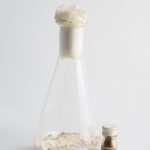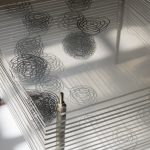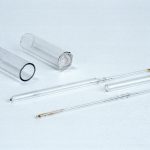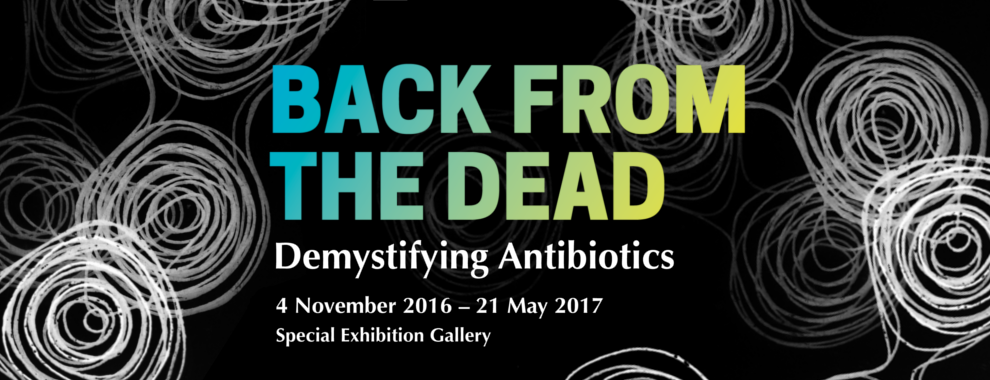4 November 2016 – 21 May 2017
Special Exhibition Gallery
Penicillin became the most iconic drug of a new era of antibiotics. While vital to modern medicine, penicillin and other antibiotics have not eradicated infectious disease. Bacteria develop resistance to antibiotics so the work of preventing and fighting infection continues not just in Oxford but around the world.
The exhibition brings together dramatic stories and surviving material from the original Oxford research, displayed in parallel with today’s antibiotic issues, allowing past and present to illuminate each other.
The exhibition starts by introducing the situation before antibiotics and key figures in their early development.
Featured Objects
Featured below are two key objects that are on display in the exhibition gallery together with a link to other objects in the museum’s collections database, many of which feature also.




